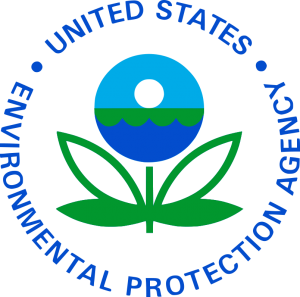 If you like clean water, we’ve got good news. This week the EPA finalized an important Clean Water Act rule that cements commonsense protections for water resources. EPA’s new technology-based categorical pretreatment standard prevents unconventional oil and gas operators from delivering salty, toxic wastewater to publicly owned water treatment facilities — also known as POTWs. These facilities are designed to handle residential sewage, not industrial waste, and often are unable to treat the types of pollutants common in unconventional oil and gas wastewater.
If you like clean water, we’ve got good news. This week the EPA finalized an important Clean Water Act rule that cements commonsense protections for water resources. EPA’s new technology-based categorical pretreatment standard prevents unconventional oil and gas operators from delivering salty, toxic wastewater to publicly owned water treatment facilities — also known as POTWs. These facilities are designed to handle residential sewage, not industrial waste, and often are unable to treat the types of pollutants common in unconventional oil and gas wastewater.
Since 1979, the Clean Water Act has prohibited onshore oil and gas operators in the eastern U.S. from directly discharging oil and gas wastewater to surface waters, like streams and lakes. But until now, there were no rules that applied to the wastewater that is disposed of at separate treatment facilities, or “indirect discharges.”
The final POTW pretreatment rule is consistent with current industry practice, but this wasn’t always the case. Prior to 2011, oil and gas operators in Pennsylvania delivered wastewater to POTWs for treatment and disposal with terrible results. These POTWs struggled to treat unconventional oil and gas wastewater due to elevated levels of halides, heavy metals, organic compounds, radionuclides and salts. High and fluctuating TDS (salt) levels in wastewater interfered with the biological treatment processes reducing treatment efficiency. Bromides that went through POTW disinfection processes were transformed into toxic disinfection by-products and released into receiving waters. Read More










 Questions about if and how hydraulic fracturing activities (or “fracking” to some) can contaminate drinking water have been top-of-mind for many since the practice started getting widespread public attention about a decade ago. Recognizing the validity of those concerns, EPA undertook a study to see how the full ‘hydraulic fracturing water cycle’ – which includes water withdrawals, chemical use and mixing, well injection, waste water management and disposal — could potentially impact our drinking water resources. In a
Questions about if and how hydraulic fracturing activities (or “fracking” to some) can contaminate drinking water have been top-of-mind for many since the practice started getting widespread public attention about a decade ago. Recognizing the validity of those concerns, EPA undertook a study to see how the full ‘hydraulic fracturing water cycle’ – which includes water withdrawals, chemical use and mixing, well injection, waste water management and disposal — could potentially impact our drinking water resources. In a 


